


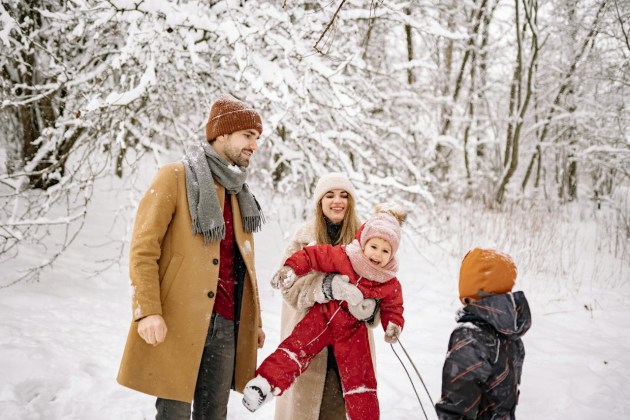
As we bid farewell to the warmth of autumn, the arrival of winter marks a shift in nature's rhythm, bringing with it a unique set of characteristics that paint the world in a different palette. In this Winter Facts for Kids Wiki, we'll explore the essence of winter, the months it encompasses, the significance of the Winter Solstice, and the meteorological start of this chilly season.
Winter is one of the four seasons that occur every year, following autumn and preceding spring. During this season, temperatures drop, days are shorter, and nights are longer. The Earth's axis tilts causing different parts of the planet to receive varying sunlight throughout the year, leading to winter in the Northern Hemisphere when it tilts away from the sun.
Winter officially begins in December and lasts until February in the Northern Hemisphere. The specific dates can vary slightly each year, but the general timeframe remains constant. In the Southern Hemisphere, where the seasons are opposite, winter typically occurs from June to August. In the Northern Hemisphere, December 21st or 22nd marks the official start of winter with the Winter Solstice.
The Winter Solstice is a significant event during the winter season. It usually occurs on December 21st or 22nd in the Northern Hemisphere and on June 21st or 22nd in the Southern Hemisphere. During the Winter Solstice period in the Northern Hemisphere, the North Pole is tilted farthest away from the sun, which causes the least amount of sunlight to reach the Northern Hemisphere. On the other hand, during the same period in the Southern Hemisphere, the South Pole is tilted farthest away from the sun, resulting in the least amount of sunlight reaching the Southern Hemisphere. While the winter solstice is the official start of winter, many people often refer to the meteorological start of winter as the beginning of the season.
While the Winter Solstice marks the astronomical start of winter, meteorologists often use a different method to define the seasons, known as meteorological seasons. They use this approach to simplify record-keeping and make it easier to compare seasonal weather patterns. According to meteorological standards, winter begins on December 1st and lasts until the end of February in the Northern Hemisphere.
The meteorological start of winter is based on the annual temperature cycle, considering the three coldest months of the year, December, January, and February. This method provides a straightforward way to analyze and compare weather patterns, making it useful for meteorological and climatological studies.
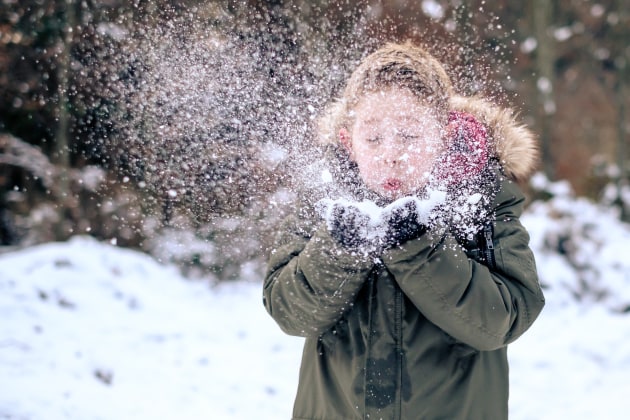
During winter, various changes occur in the natural world. Here is a closer look at the transformations that take place:
Earth's Tilt and Orbit:
Winter is a result of Earth's axial tilt and its orbit around the sun. During this season, the hemisphere tilted away from the sun experiences colder temperatures and shorter days. In contrast, the hemisphere tilted toward the sun enjoys warmer temperatures and longer days.
Temperature Drop:
One of the most noticeable changes during winter is the drop in temperatures. As the sun's rays hit the tilted hemisphere at a lower angle, they cover a larger area, leading to less warmth reaching the surface. This results in colder temperatures, causing water vapor to condense into snow, sleet, or freezing rain.
Snowfall:
Winter is often synonymous with snowfall in the Northern Hemisphere. When the temperature is low enough, the moisture in the air freezes into ice crystals, forming snowflakes. These delicate and unique structures blanket the landscape, transforming it into a winter wonderland.
Animal Adaptations:
Wildlife undergoes various adaptations to survive the harsh winter conditions. Some animals hibernate, entering a state of reduced metabolic activity, while others grow thicker fur or feathers for insulation. Birds migrate to warmer regions, where food is more readily available.
Changes in Daylight:
Winter is characterized by shorter days and longer nights due to the Earth's axial tilt. This change in the length of daylight can impact human activities, leading to adjustments in daily routines.
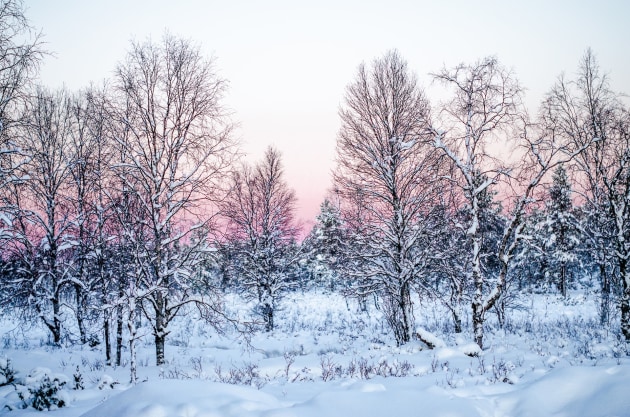
From freezing temperatures to snow and ice, winter can have a significant effect on our surroundings. Let’s take a look at some interesting ways that the colder weather impacts the environment:
Snow as Insulation: While snow may pose challenges for transportation, it serves as a natural insulator for the ground. A layer of snow helps protect plants and small animals from extreme cold temperatures, providing a vital buffer against the harsh winter conditions.
Water Conservation: Snowfall during winter plays a crucial role in water conservation. As snow accumulates, it forms a reservoir of frozen water that gradually melts in the spring, replenishing rivers and lakes. This process is essential for maintaining water availability in various ecosystems.
Winter Erosion: Winter weather can contribute to soil erosion. The freezing and thawing cycle, combined with precipitation, can lead to soil movement. This phenomenon highlights the importance of conservation practices to protect against erosion during the winter months.

Winter Sports:
The colder temperatures provide the perfect conditions for winter sports enthusiasts. Activities like skiing, snowboarding, ice skating, and sledding are popular during this season, offering a unique way to embrace the winter landscape.
Holiday Holidays:
Winter is synonymous with various cultural and religious celebrations. Holidays like Christmas, Hanukkah, and New Year's Eve bring people together to celebrate, exchange gifts, and enjoy festive meals. Many of these traditions involve the use of lights and decorations to brighten the darker days.
Warm Beverages and Comfort Food:
As the temperature drops, people often turn to warm beverages and comfort food to stay cozy. Hot chocolate, tea, coffee, and hearty soups become staples, providing both warmth and a sense of comfort during the colder months.
Winter Clothing:
The change in weather prompts a shift in wardrobe choices. Winter clothing, including coats, scarves, gloves, and boots, becomes essential to stay warm and protected from the elements.
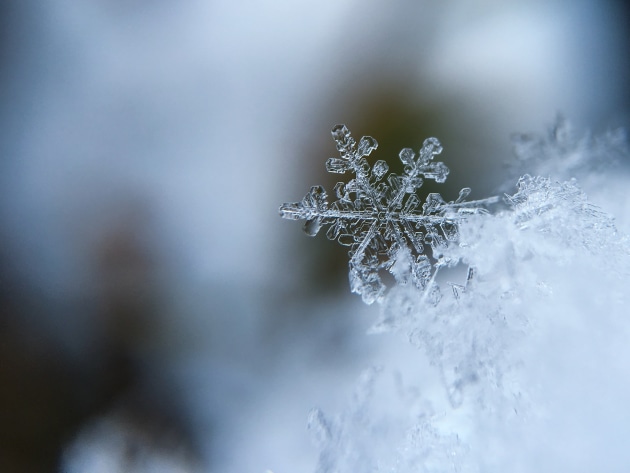
1. Snowflakes Are Unique Like Fingerprints:
Every snowflake is a one-of-a-kind masterpiece! Despite their small size, snowflakes are incredibly intricate and unique. No two snowflakes are exactly alike, just like how no two fingerprints are the same. Each snowflake forms as a result of water vapor freezing in the atmosphere, and the intricate patterns are created by the specific conditions of temperature and humidity in the air. So, the next time you catch snowflakes on your mittens, remember that you’re holding tiny, individual works of art.
2. Animals Have Winter Strategies Too:
Just like humans, animals have developed clever strategies to survive the winter cold. Some animals hibernate, which means they take a long, deep sleep throughout the winter to conserve energy. Bears are famous for hibernating, and during this time, their heart rates drop, and they don't eat or drink. Other animals, like birds, migrate to warmer regions. They travel thousands of miles to find food and escape the chilly temperatures. It's like a winter vacation for our feathered friends!
3. The Northern Lights Dance in the Winter Sky:
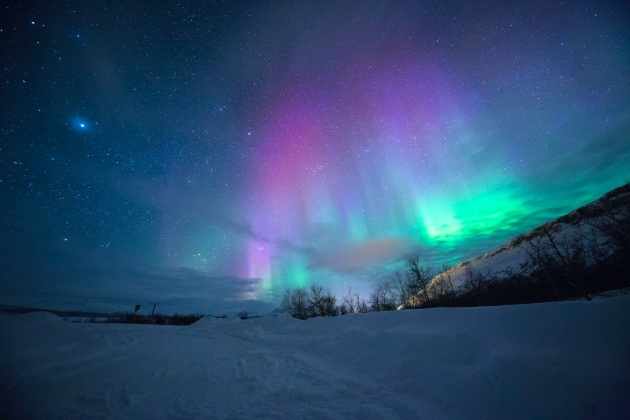
The northern lights, also known as the aurora borealis, are a spectacular light show that can be seen in the polar regions, especially during winter. When charged particles from the sun interact with the Earth's magnetic field, they create stunning displays of colorful lights in the night sky. Shades of green, pink, purple, and blue swirl and dance in the sky, creating a magical atmosphere.
4. Ice Crystals Make Sounds in the Cold:
Have you ever noticed the strange sounds that snow can make under your boots on a cold winter day? It's not just your imagination! When temperatures drop, the ice crystals in the snow become more rigid, allowing them to reflect sound more effectively. This phenomenon is known as "snow squeak."
5. Hot Chocolate: The Perfect Winter Treat:
Winter is synonymous with cozy beverages, and hot chocolate is a favorite among kids and adults. Take this opportunity to share some interesting facts about hot chocolate. Did you know that the Aztecs inspired the creation of hot chocolate? They made a frothy, bitter beverage from roasted cocoa beans, chili peppers, and water. Over time, the recipe evolved into the sweet and creamy hot chocolate we love today.
Check out the video below from our YouTube channel for more fun Winter Facts for Kids:
Are you looking for educational resources that provide more Winter Facts for Kids? You’ve come to the right place! We have a wide variety of winter-themed resources at Twinkl that promise to make teaching about Winter Facts for Kids exciting. Here are three resources to complement your lessons on winter:
The Animals and Plants in Winter Fact File and Vocabulary Questions resource is an excellent tool to teach about adaptations and the changes that come with winter. It includes a reading passage that provides valuable and engaging information. The text is organized logically, with the most important information presented first. The sentences are short and direct, making the information easy to understand.
Our Fun Winter Facts Quiz makes learning about winter more fun. You can use the quiz in different ways, like group activities or interactive sessions with smart boards. The quiz is easy to use and can help you learn more about winter.
Last but certainly not least, our Winter Fact Families Math Activity for 1st-2nd Grade is a versatile resource that helps students practice fact family skills during the winter months creatively and thematically. This activity makes learning maths more enjoyable by incorporating the winter theme.
Did you find our wiki on Winter Facts for Kids interesting? With Twinkl, you can take your students on an exciting journey where they can learn while having fun. Our platform offers a wide range of captivating resources that aim to make learning about the seasons enjoyable for kids. You can get started by creating a Twinkl account today and begin exploring our resources!